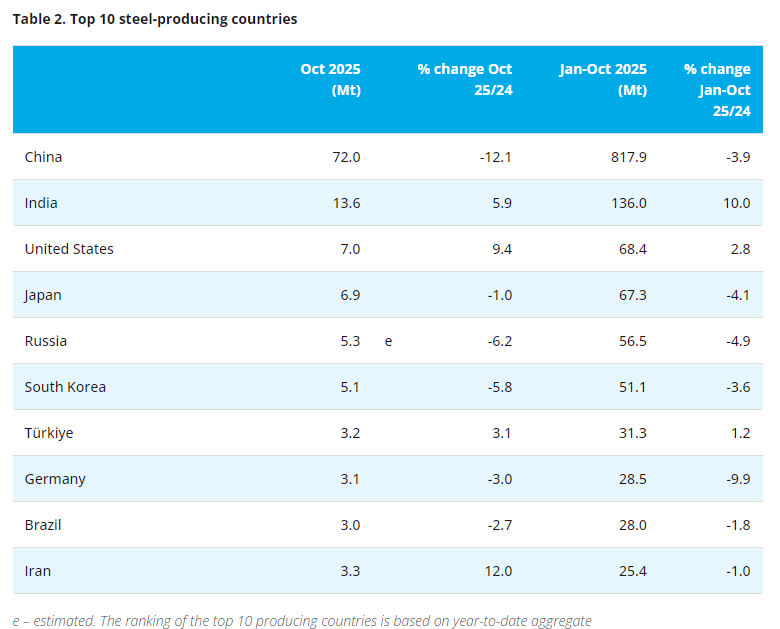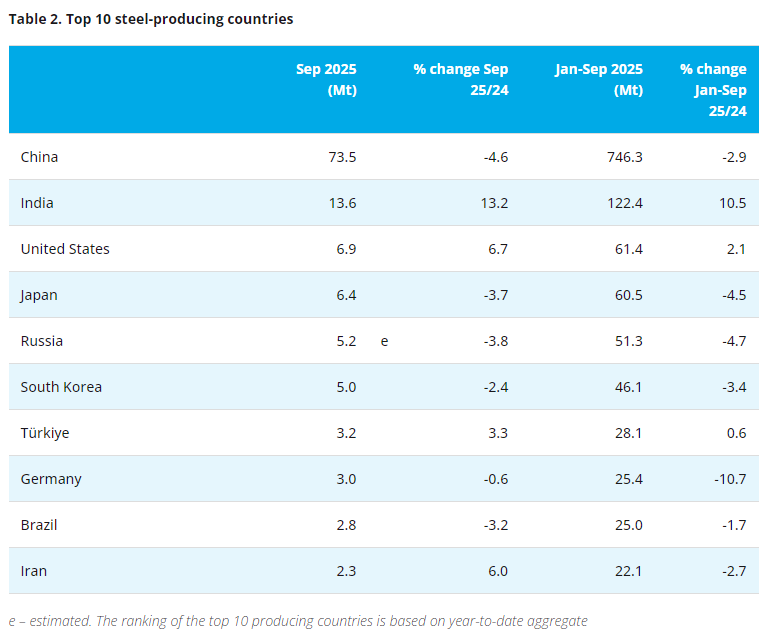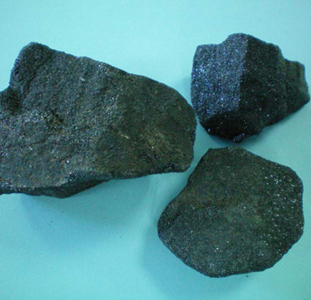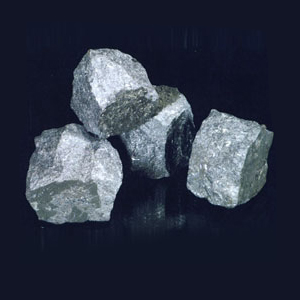[ferro-alloys.com]European HRC steel price spreads to major raw materials costs rose in February, on stronger HRC steel prices and lower iron ore and scrap prices, according to S&P Global Platts' estimates Wednesday.
The Northwest European hot-rolled coil steel to raw materials spread averaged Eur275/mt ($300/mt) in February, as the key metric for operating profitably hurtled up.
The recovery from Eur233/mt ($258/mt) in January, based on estimates by Platts, has been long welcomed.
Northwest Europe HRC spreads averaged last year at below Eur229/mt in Q4, and Eur236/mt in Q3.
The recovery in steel spreads is adding to marginal steelmaking demand, with some blast furnaces restarting after a longer period of weak margins and maintenance work during weaker demand.
However, the uncertain outlook for steel end user demand as the coronavirus outbreak hits supply chains and buyer sentiment, may limit productivity increases.
Steel mills continue to face higher iron ore prices than in 2018, prior to the Vale dam disaster of January 2019, which took out production in Brazil and a run of weather disruption in Brazil and Australia. A further increase in regional Northwest European HRC prices on restocking, with lower iron ore fines, pellets and scrap prices led operating margins to rise.
Iron ore fines prices have been partly hit by weaker Chinese economic output putting stress on the forward outlook for demand, as the coronavirus outbreak in January spread across the world.
Coking coal prices have increased, as seaborne trade remained facing tighter supplies and high domestic prices in China.
In China, HRC and rebar steel to iron ore and coking coal spreads and margins weakened, as steel prices fell on lower demand as the coronavirus hit end-user activity.
In Turkey and the US, scrap-reliant electric-arc furnaces are seeing more stability for steel spreads, as scrap prices correlated with steel.
Regional Northern European shredded scrap contract prices fell in February, as lower seaborne scrap prices took the markets down earlier in the month.
Breakeven operating costs are expected to be close to equivalent steel-to-raw materials spreads of Eur250/mt for Northwest European steel producers, partly dependent on logistics costs and raw materials configurations.
The Europe HRC spreads are based on commodity grade flat steel specifications.
Contract steel sales across the quality range may be supported by additional premiums, and terms may lag spot indexes.
Producers with higher grade steel portfolios may be less exposed to commodity grade steel margins against underlying steel raw materials costs.
In Fenraury, Platts NW Europe HRC steel rose further to average at Eur477.90/mt ex-works Ruhr, from Eur450.09/mt in January.
Benchmark iron ore prices fell last month to average $86.44/dry mt CFR China, from $92.44/dmt in January.
The 62% Fe-65% Fe iron ore fines spread widened further in China's spot market over February.
Atlantic contract pellet premiums weakened under new Q1 contracts, compared with Q4 2019.
Discounts to 65% Fe fines index for sinter feed concentrates remain in place, as new supplies entered the markets.
Lump premiums remain strong, which has pushed some companies to use more pellets where there was flexibility to take advantage of shifting value-in-use at lower prices.
Coking coal prices rose further, with reference premium low-vol coking coal index delivered to Europe up to $165.66/mt CFR Rotterdam from $163.05/mt in January.
Platts steel-to-raw materials price spreads are indicative margins that do not account for inland logistics costs, power, natural gas or other blast furnace and steelmaking inputs such as ferroalloys, anodes and refractories.
The indicative crude steel mill margins are based on a combination of iron ore fines, lump and pellet prices weighted for use with feedback from steel mills on a typical burden mix.
The current iron ore burden referenced is 30% pellets, 32.5% high-grade fines and concentrates, 22.5% medium-grade fines and 15% lump.
Prevailing Platts Atlantic contract blast furnace pellet premiums are used, with benchmark met coal pricing adjusted for range of quality in the coke blend and PCI consumption.
Use of shredded scrap to pig iron at a 15:85 ratio is taken into account. This may be a higher scrap rate than at operations set up only to consume scrap arising grades, rather than externally procured lower quality scrap.
Flexibility in boosting scrap consumption rates may be limited based on some blast furnace and Basic Oxygen Furnace unit configurations.
(S&P Global Platts)
- [Editor:王可]



 Save
Save Print
Print Daily News
Daily News Research
Research Magazine
Magazine Company Database
Company Database Customized Database
Customized Database Conferences
Conferences Advertisement
Advertisement Trade
Trade

















Tell Us What You Think